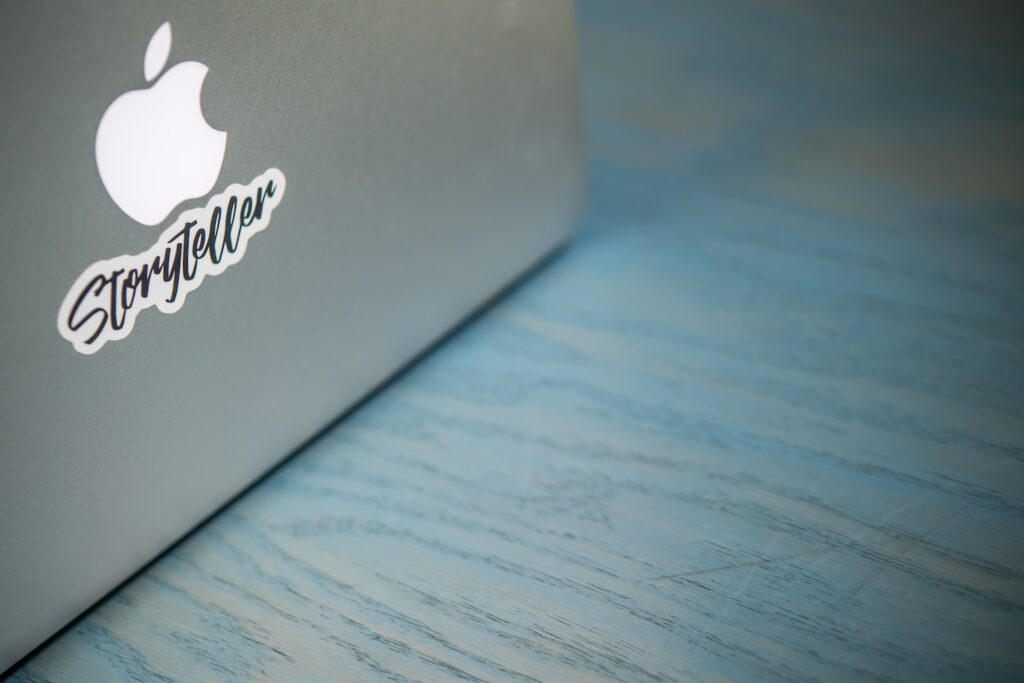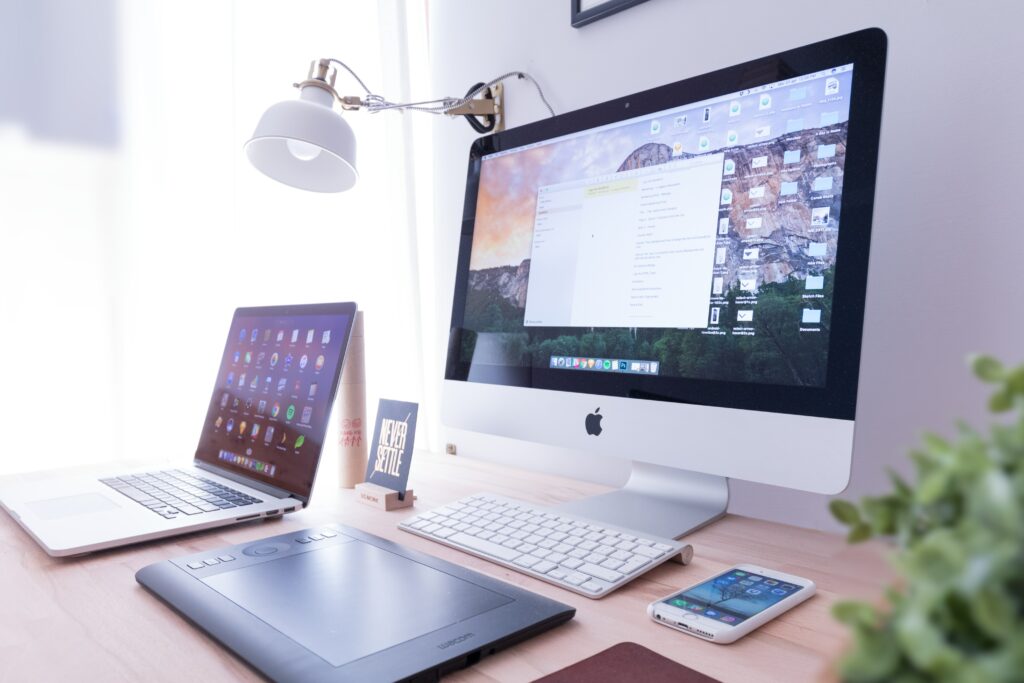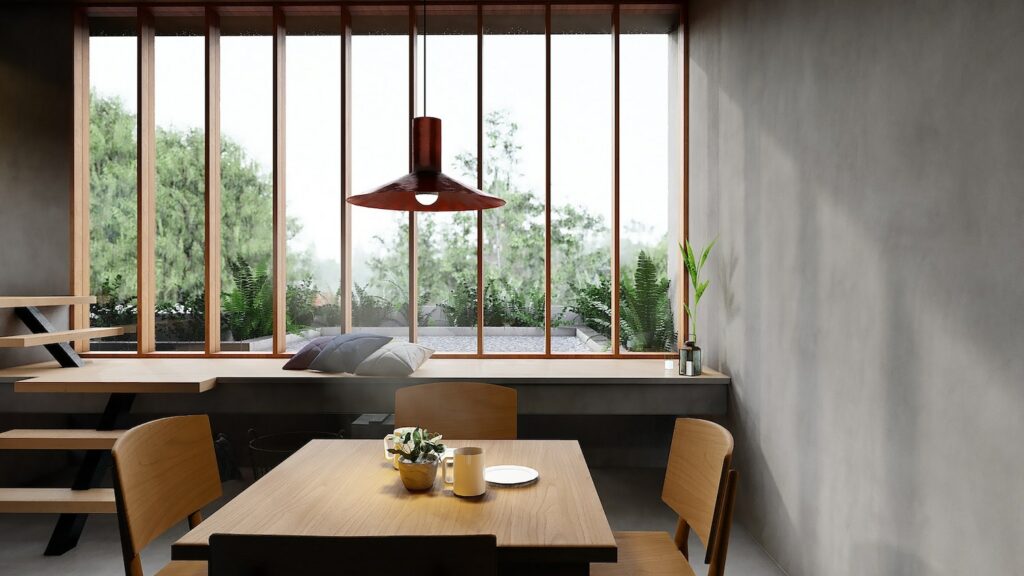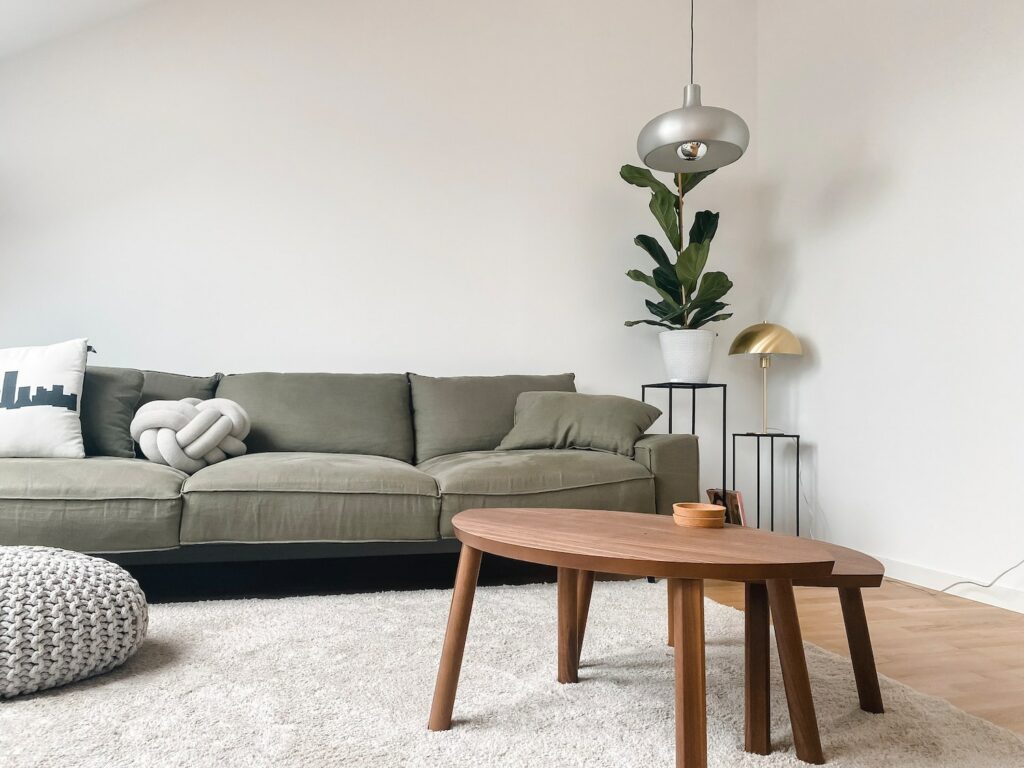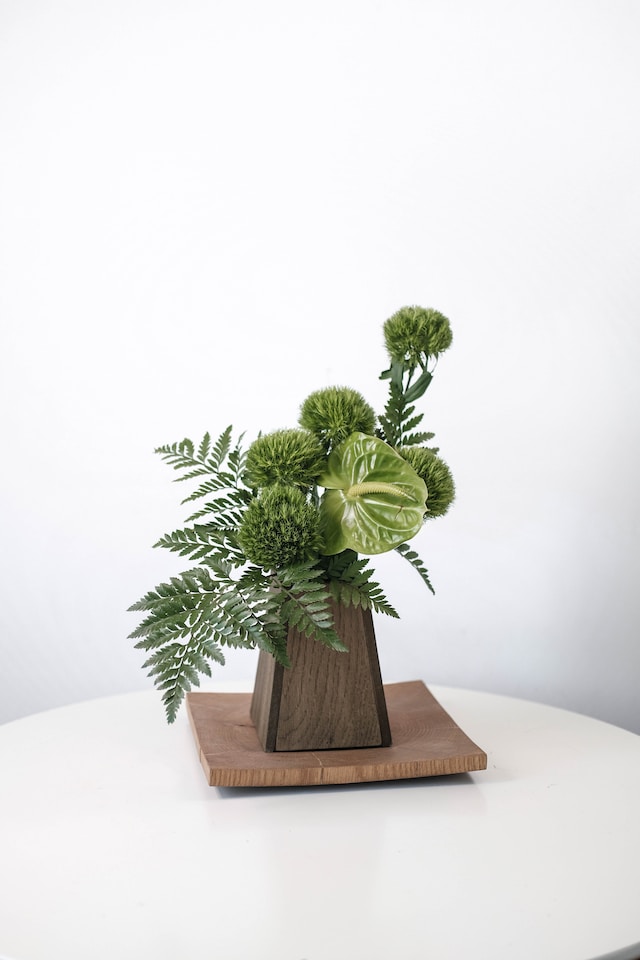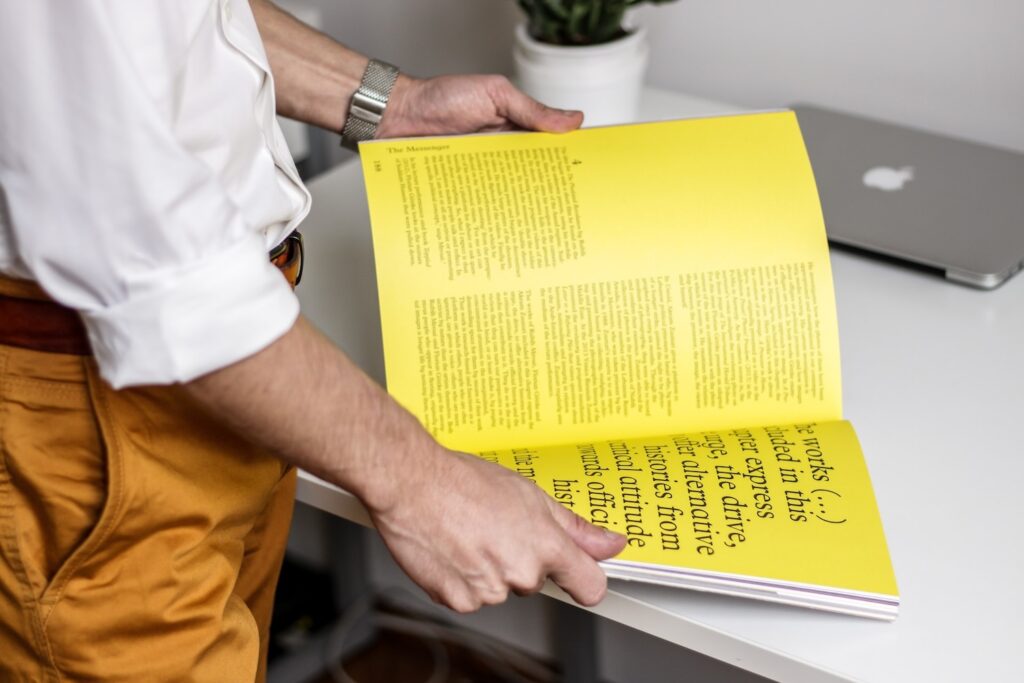
In the rapidly evolving landscape of contemporary business, characterized by cutthroat competition and fleeting consumer attention spans, the role of a catalogue design agency has emerged as a linchpin for brand success. As the digital revolution continues to reshape market dynamics, the importance of a catalogue that seamlessly blends aesthetic allure with strategic prowess cannot be overstated. In this comprehensive exploration, we embark on a profound journey into the realm of catalogue design agencies, unraveling the intricacies that distinguish the exceptional from the commonplace.
Unleashing Creative Brilliance: Going Beyond Conventions
Central to every awe-inspiring catalogue is the unfettered eruption of creativity that entices, captivates, and compels engagement. The hallmark of top-tier catalogue design agency lies in their ability to transcend the confines of conventional norms, boldly venturing into innovative dimensions that harmonize effortlessly with their clients’ unique brand identities. Acknowledging that a catalogue transcends mere product presentation, these visionary agencies wield design as a vehicle for weaving compelling narratives that resonate with the deepest chords of the audience’s psyche.
Immersive Brand Assimilation: Capturing Essence
A catalogue is not a mere compilation of products; it is an encapsulation of a brand’s very essence. Preeminent catalogue design agencies embark on an immersive expedition into the intricate layers of a brand’s ethos, values, and aesthetic tenets. Every design facet – from the nuanced selection of color palettes to the deliberate choice of typography – resonates harmoniously with the core identity of the brand. These exceptional agencies orchestrate each page to be more than a vessel for product display; they meticulously engineer an intricate symphony that echoes the distinctive voice and resonates with the brand’s soul.
Strategic Blueprint and User-Centric Ingenuity
A defining characteristic that sets top catalogue design agencies apart is their unwavering dedication to user-centric design. These agencies orchestrate layouts with meticulous precision, artfully guiding the reader’s gaze from one section to another in an intuitive flow that orchestrates an effortless and immersive browsing experience. By strategically placing products, seamlessly integrating whitespace, and ensuring textual legibility, these agencies masterfully navigate the thin line between engagement and overwhelming information overload, inviting readers to embark on a seamless journey of exploration.
Fusion of Visual Panache and Informative Precision
A masterful balance between aesthetic allure and informative precision is an intricate art, meticulously perfected by top catalogue design agencies. While captivating visuals serve as the cornerstone, a truly effective catalogue seamlessly imparts vital product information without inundating the reader. These discerning agencies possess the acumen to distill complex data into a visually captivating symphony, presenting information in an organized and engaging manner that enhances the reader’s experience while ensuring clarity of information.
Pioneering Adaptability: Embracing Trends
In a design landscape that evolves at a relentless pace, remaining at the forefront of emerging trends is paramount. Distinguishing top catalogue design agencies is their proactive approach to embracing evolving design trends while retaining an evergreen appeal. Whether it entails seamlessly integrating interactive elements, experimenting with augmented reality to create immersive experiences, or seamlessly amalgamating digital and print design realms, these agencies exemplify their commitment to creating catalogues that are both visually captivating and intrinsically contemporary.
Crafting for Print Perfection: Precision in Production
Elevating a catalogue’s design to a state of tangible allure requires a partnership between creativity and production expertise. Premier catalogue design agencies seamlessly collaborate with seasoned printers and production virtuosos, ensuring that the final printed iteration faithfully embodies the essence and eminence of the initial digital design. Acknowledging the pivotal role of factors such as paper quality, tactile finishes, and meticulous printing techniques, these agencies ensure that design transcends the digital realm to manifest as a tangible masterpiece.
Client-Centric Symphony: Communication and Collaboration
At the heart of top catalogue design agencies lies an ethos of transparent communication and unwavering client-centricity. These agencies invest time to truly listen to the client’s aspirations, requirements, and strategic objectives, transforming these inputs into tangible design marvels. Regular updates, candid dialogues, and a receptive stance towards client feedback form the bedrock of these agencies’ design journey, ensuring that the ultimate output is an eloquent manifestation of the client’s vision.
Showcasing Proficiency: A Proven Portfolio
The potency of a top catalogue design agency is vividly evident in the curated tapestry of their portfolio. These agencies proudly present their array of prior accomplishments, casting a spotlight on their versatility, innovative prowess, and their ability to cater to an eclectic array of industries. Their track record of crafting impactful catalogues for diverse clients stands as an unequivocal testament to their consummate professionalism and unrivaled capabilities.
Ardent Embrace of Minutiae: Attention to Detail
In the realm of catalogue design, it is the minutiae that converges to create magnificence. Top agencies understand this quintessential truth, leaving no design element unexamined or unpolished. From the meticulous alignment of textual content to the artful curation of visual imagery, every facet is subjected to relentless scrutiny to ensure a seamless harmony of precision and cohesion. This ardent attention to detail is the hallmark that differentiates top-tier agencies from their counterparts.
Propelled by Outcomes: Results-Driven Philosophy
Ultimately, the triumph of a catalogue is gauged by its tangible impact on a business’s bottom line. Premier catalogue design agencies adopt an outcomes-driven philosophy, imbuing their designs with strategic calls-to-action, trackable QR codes, and other innovative mechanisms to gauge the catalogue’s efficacy in driving conversions and sales. Their design transcends the aesthetic to metamorphose into a powerful driver of measurable success.
Marrying Innovation and Tradition: Timelessness
Top catalogue design agencies navigate the intricate interplay between innovation and timelessness with grace and finesse. While they embrace the latest design trends, they eschew fleeting fads, meticulously curating designs that possess an enduring appeal. This seamless marriage of innovation with timeless elegance positions them as custodians of design longevity.
Conclusion
In an era inundated by a torrent of information and visual stimuli, a meticulously designed catalogue assumes the role of a potent instrument to seize attention, convey messages, and carve indelible imprints on the audience’s consciousness. A premier catalogue design agency embodies a rare fusion of creativity, strategic acumen, adaptability, and an unwavering commitment to their clients’ aspirations. Beyond the realms of mere aesthetics, they harness the power of design to craft catalogues that resonate with brand identity, creating immersive journeys that captivate on profound levels. Thus, as you set out to procure the services of a catalogue design agency, remember that their distinction lies in their resolute dedication to transforming conceptual visions into tangible catalogues that encapsulate brilliance and galvanize success.
FAQs: What Sets Apart a Top Catalogue Design Agency from Others?
What exactly does a catalogue design agency do?
A catalogue design agency specializes in creating visually appealing and strategically designed catalogues for businesses. They merge artistic creativity with branding strategies to craft catalogues that effectively showcase products or services and engage the target audience.
Why is a well-designed catalogue important for businesses?
A well-designed catalogue serves as a powerful marketing tool that can capture attention, convey brand messages, and drive sales. It creates a lasting impression on potential customers and helps businesses stand out in a competitive market.
How do top catalogue design agencies stand out from others?
Top catalogue design agencies distinguish themselves through their innovative creativity, meticulous attention to brand identity, strategic layout planning, seamless fusion of visuals and information, and an adaptive approach to design trends. They also have a proven track record of delivering impactful results.
What role does user-centric design play in catalogue creation?
User-centric design focuses on creating a catalogue layout that guides the reader’s eye naturally, providing an enjoyable browsing experience. It helps to keep readers engaged, making it easier for them to find relevant information and products.
How do these agencies balance aesthetics with information?
Top agencies strike a delicate balance between captivating visuals and essential product information. They present data in an organized and visually appealing manner, ensuring that the catalogue is both engaging and informative.
What is the significance of adapting to design trends?
Adapting to design trends keeps catalogues relevant and appealing to modern audiences. Top agencies stay updated with the latest trends, incorporating innovative elements such as interactive features, augmented reality, and digital/print integration to create compelling catalogues.
How important is the print quality of a catalogue?
Print quality is crucial in bringing the digital design to life. Top agencies collaborate with skilled printers to ensure that the printed catalogue matches the digital design’s standards in terms of paper quality, finishes, and overall production excellence.
How do top agencies maintain a client-centric approach?
Client-centricity involves open communication, understanding the client’s vision, and integrating their feedback throughout the design process. Top agencies prioritize regular updates, transparent discussions, and client input to ensure the final catalogue aligns with the client’s expectations.
Can you measure the effectiveness of a catalogue’s design?
Yes, top agencies incorporate measurable elements into the catalogue design, such as trackable QR codes, strategic calls-to-action, and engagement metrics. This allows businesses to assess the catalogue’s impact on conversions, sales, and overall engagement.
How do top agencies ensure the longevity of their designs?
Top agencies marry innovation with timelessness, embracing contemporary trends while avoiding transient fads. This ensures that their designs remain relevant and visually appealing even as design trends evolve over time.
Featured image by NordWood Themes on Unsplash
The post What Sets Apart a Top Catalogue Design Agency from Others? appeared first on noupe.
